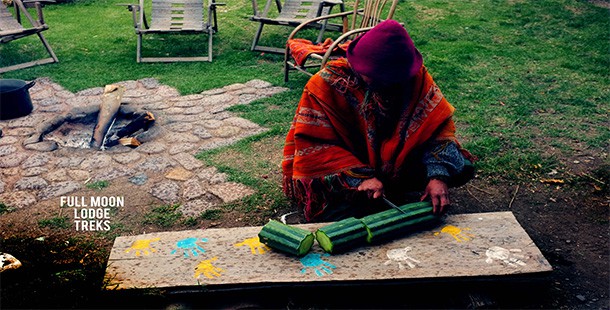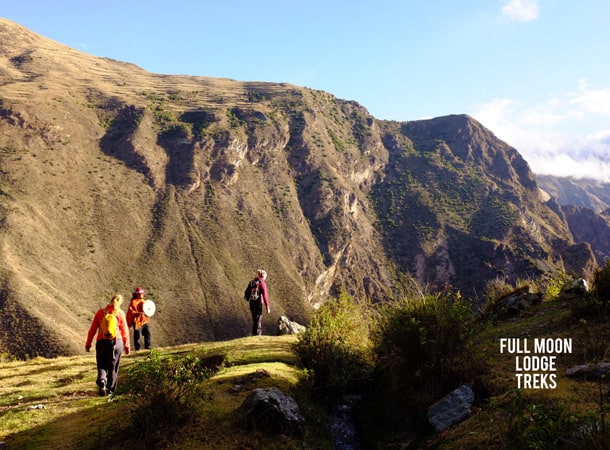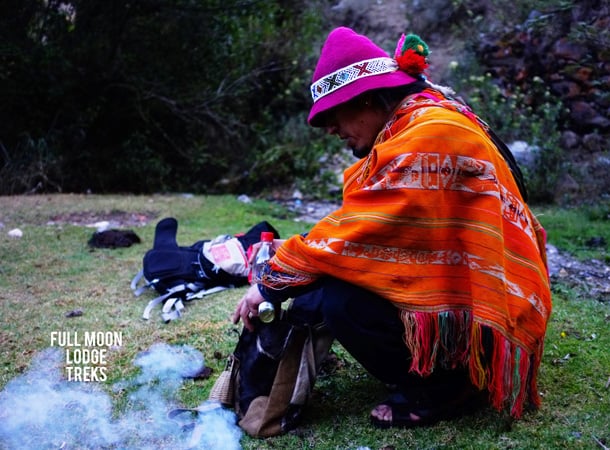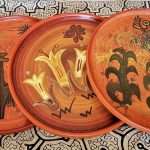While some people go to Peru first of all to see famous Incas ruins – Machu Picchu, others for a change come here because of mystical purposes, focusing among others on Ayahuasca or/and San Pedro ceremonies. Why? Because Peru is a land full of various plants and herbs used here for thousands of years, mainly for healing purposes. Due to the fact that I was interesting in this aspect of Peruvian life, I decided to become more familiar with one of the cactuses called San Pedro (Echinopsis pachanoi).
What we can say about popularity of San Pedro ceremony in Peru?
Well, I need to admit that cactus San Pedro is quite famous in this country. For Peruvians it has definitely different than just only esthetic qualities. About the plant we can say that it occurs mainly in the Andes of Peru and Ecuador, at an altitude between 2000 and 3000 meters above sea level and that it has been used in these countries for religious and healing purposes for over 3000 years. San Pedro cactus is seen in this countries as a unique drug which helps to heal illnesses and move into higher states of consciousness. Ceremonies with San Pedro cactus are treated as a special mystical experience, during which you can not only deeply relax, look inside yourself and learn more about yourself, but also to discover additional layers of energy. This means that San Pedro helps to relax on a completely different level.
These kinds of ceremonies are held in many places in Peru, but the most famous are: the jungle – here a town of Iquitos and Cusco region – here, among others, the city of Cusco, Urubamba, Pisac and Ollantaytambo. One of the places (good one) where San Pedro ceremonies are prepared is the hostel Full Moon Logde in Ollantaytambo. In that place you can not only taste this special drink, but also participate in all the process of its preparation, following its fate from cutting until when it is cooked. The very good thing is also, that after drinking San Pedro, the next part of the ceremony takes place in the beautiful mountains near Ollantaytambo, in Sacred Valley (an unique place for Peruvians) or in Patacancha Valley. All of that gives San Pedro ceremony even more special and mystical character.
Things worth to think about before choosing the place for San Pedro ceremony!
For those of you who wonder how it is after tasting this special, quite a bitter, drink, well I can just tell one thing. Everyone sees, feels and has a completely different experience. It is always an individual matter. Some vomit, others cry and others overcome incredible peace, bliss, happiness. All of that depends on a lot of circumstances, like especially on the personality of the participants, his attitude and physical condition. But of course not only. For example it is also significant how big dose you will take during the ceremony or how the cactus decoction is prepared. You need to remember, that the strength of this drink depends on how long the cactus is boiled. It is also very important who prepares it and finally who leads the ceremony. Usually the whole ceremony is leaded by shaman but here I need to indicate that not always. So before you will decide about participation in this kind of ‘’mystical meeting’’ check first who will lead it and make sure that it is trustful person. From the leader of the ceremony depend really a lot, because he/she prepares the decoction, and then all the time accompanies you. In some sense he/she supervises the all event. The ceremony usually takes between 6 – 10 hours, so it is necessary to feel completely comfortable.
Popularity of San Pedro cactus in Peru is growing from year to year. Disturbing is that now very often these kinds of ceremonies are treated as a great business only, what means that they lose the mystical and the healing character. That is why I recommend you to check all details about it before choosing the place for San Pedro ceremony. Thanks to that you will avoid disappointment.
The prices of San Pedro ceremony may differ quite a lot, but for example in Cusco or Ollantaytambo they range between 150 – 300 soles per one ceremony.








1 Comment
Thank you for information, but i wonder with who you did ceremoni, was it good?